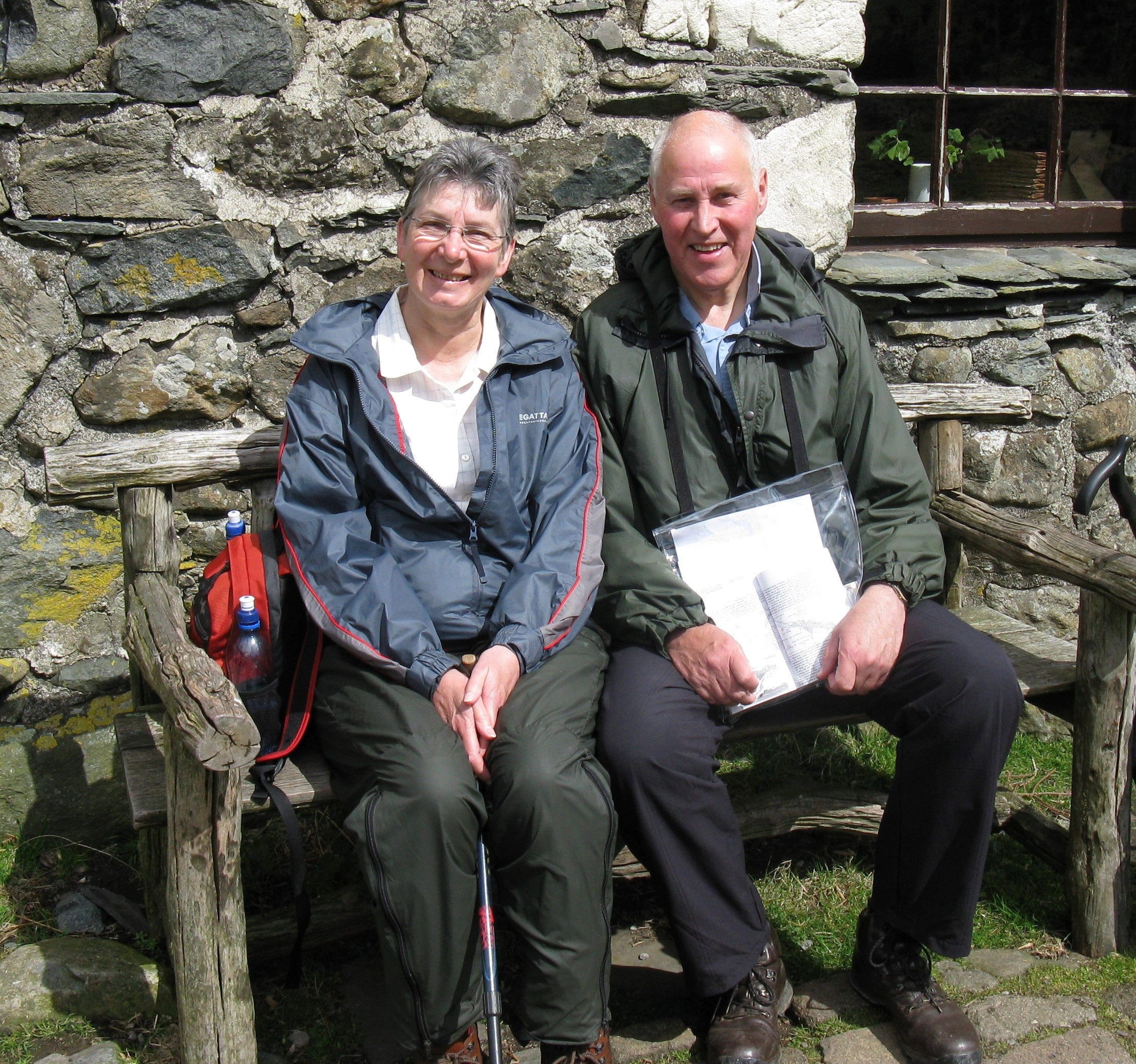Family’s plea for details on how engineer who died of asbestos cancer was exposed
Stuart Raggett’s family want to know more about his working conditions at Harrier bomber and Concord jet testing sites and hospitals

The family of an engineer who died from asbestos-related cancer have launched an investigation into how he came into contact with the deadly material.
Stuart Raggett, 76, died of mesothelioma in June 2021 and believed he was exposed to asbestos materials while working as an engineer at three hospitals and a jet testing site where the Harrier bomber and Concord were developed.
His devastated family has launched an appeal for his former colleagues, who may know about his working conditions, to come forward.
Over 27 years, Mr Raggett worked at two hospitals in Surrey, one in south London, as well as for the Ministry of Aviation at one of the largest jet testing sites in the world. He also worked at a local health authority.
Following his diagnosis in 2020, he hired lawyers to investigate if his illness was linked to his work.
Mr Raggett remembered coming into contact with asbestos during his career at The National Gas Turbine Establishment (NGTE) in Farnborough, Surrey, between 1961 and 1967, and while at the Surrey Area Health Authority, from 1974 to 1988.
He also worked at Springfield psychiatric hospital in Tooting, south London, from 1968 to 1969, King George V Hospital in Godalming, between 1969 and 1971, and St Luke’s Hospital in Guildford, Surrey, from 1971 to 1974.
The NGTE was the prime site in the UK for design and development of gas turbine and jet engines, where the RAF V bomber, Harrier and Tornado jet engines were tested, as well as Concorde’s pioneering technology.
Mr Raggett worked a lot on the instruments and controls of the gas turbines being built and tested at the NGTE and it is thought he was exposed to asbestos dust when putting insulation on pipes.
He is also said to have spent a lot of time in the boiler houses of the various hospitals where he worked.
Rita Raggett, Stuart’s wife, said: “Losing Stuart was awful. He was my soulmate and we did everything together. It’s still so difficult to come to terms with him no longer being here.
“The whole experience has been made so much harder by the lack of answers as to how he developed mesothelioma. The whole family remains devastated and it was awful to see how it affected him. We have lots of questions.
“We would appreciate it if anyone who worked with Stuart could come forward and provide further detail on the situations he faced. It would mean so much to us.”
Grandfather-of-four, Mr Raggett began his career as an apprentice with the Ministry of Aviation at the NGTE after leaving school.
Primarily he worked on the instruments and controls of the gas turbines being built and tested, but was exposed to asbestos dust when pipe lagging was being mixed.
In 1968, he became an assistant engineer at Springfield Hospital and would spend a lot of time in the boiler house where he disturbed lagged pipework on service ducts.
Stuart said he would have experienced similar exposure during his roles at King George V Hospital and St Luke’s Hospital.
During his time at Surrey Area Health Authority he recalled being seconded to Milford Chest Hospital for a survey of its service ducting.
He stated this led to exposure to lagging on pipework, as well as dust and debris around the ducts.
Mr Raggett, who lived in Tadcaster, near Leeds, Yorkshire, before his death, first developed symptoms of mesothelioma - a cancer of the lining of the lung commonly linked with exposure to asbestos - in August 2020.
Oliver Collett, the legal expert at law firm Irwin Mitchell who is representing Mr Raggett’s family, said: “This is sadly yet another case that highlights the terrible consequences of asbestos exposure, with the true impact only becoming clear years after exposure has seemingly occurred.
“Stuart’s family remain desperate for answers regarding his death. As such, we would be grateful to hear from anyone who might have information on the organisations that Stuart mentioned. The right detail could prove key as we look to help his family gain justice.”
Subscribe to Independent Premium to bookmark this article
Want to bookmark your favourite articles and stories to read or reference later? Start your Independent Premium subscription today.

Join our commenting forum
Join thought-provoking conversations, follow other Independent readers and see their replies